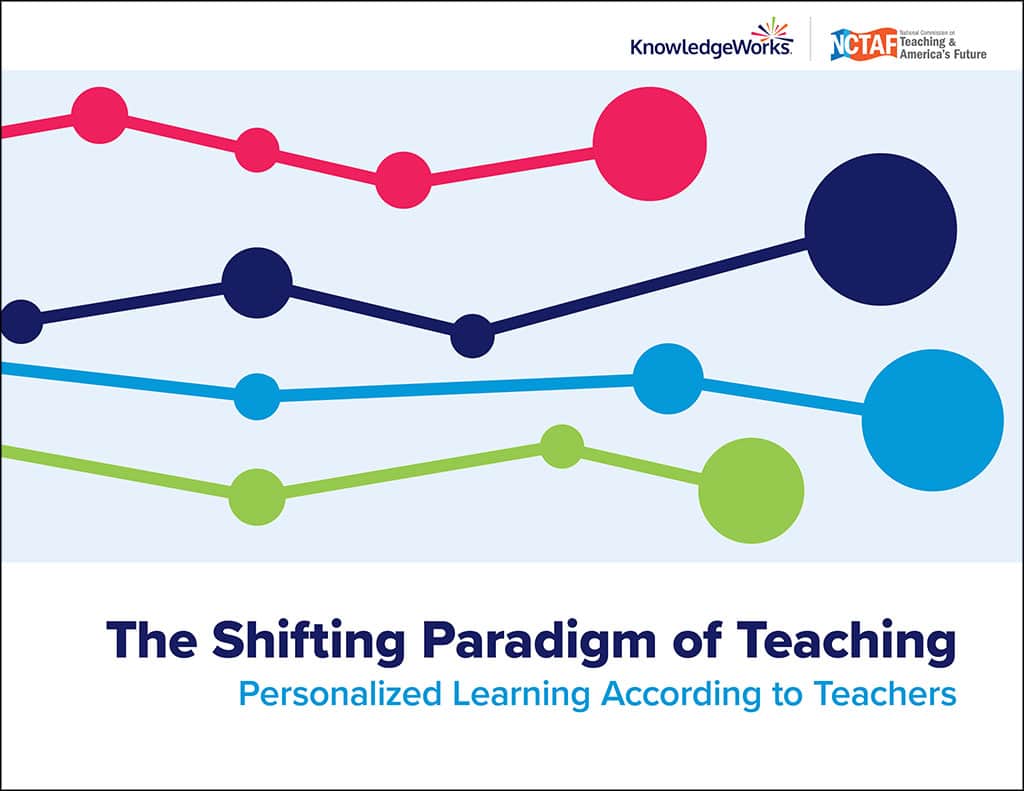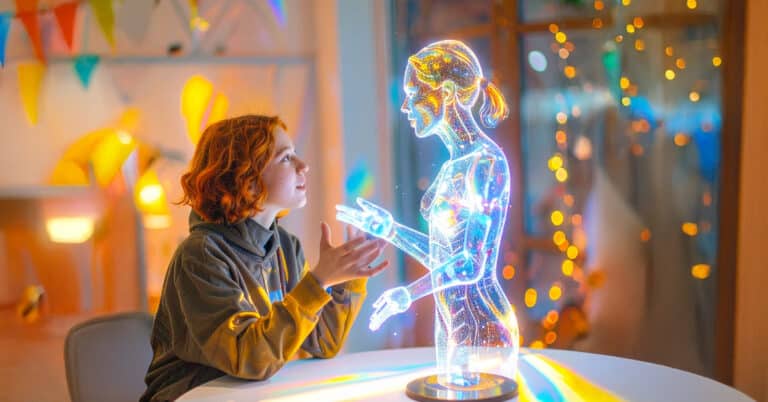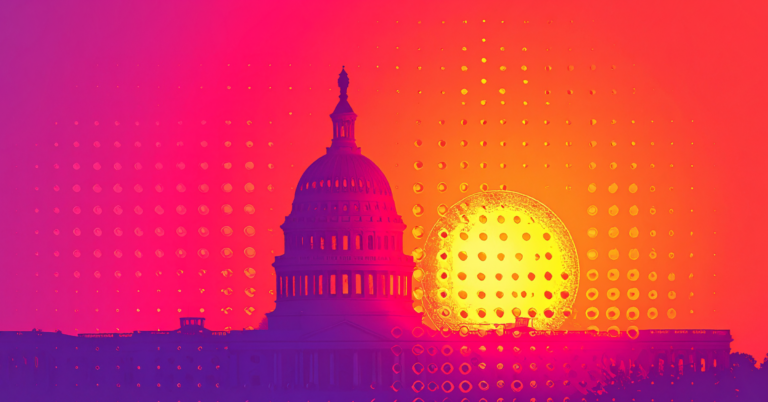 At a glance, personalized learning sounds like an obviously great idea. Parents want their children to receive personalized instruction throughout the school day. Teachers want to be able to respond effectively to individual students’ strengths and weaknesses. Students want their learning to be relevant to their lives.
At a glance, personalized learning sounds like an obviously great idea. Parents want their children to receive personalized instruction throughout the school day. Teachers want to be able to respond effectively to individual students’ strengths and weaknesses. Students want their learning to be relevant to their lives.
However, the reality of implementation poses a seemingly insurmountable challenge given schools’ limited time and resources. At the same time, some teachers, schools, and districts confront the challenge with creative use of the same time and resources to make the great idea of personalized learning a reality.
During our research for The Shifting Paradigm of Teaching: Personalized Learning According to Teachers©, we spoke with teachers leading personalized learning transitions in their schools and districts. Even faced with the challenges coming from all levels of the education system, these teachers believe so strongly in the promise of personalized learning that they choose to push through. In fact, one teacher we interviewed expressed, “I don’t know if I can do this, but I need to do it for kids.”
Here are some of the reasons that teachers committed to the challenge of personalized learning:
- Personalized learning is simply what is best for kids. Learning experiences are authentic and meaningful. They want to see the purpose and connect education to real life.
- Personalized learning builds a culture of trust between the students and adults. It becomes okay to try, fail, and learn from that failure.
- Personalized learning builds a stronger staff culture of transparency, collaboration, and alignment.
- Personalized learning allows the teachers to be the experts. Teachers are empowered and provided with trust, time, and support.
- Personalized learning elevates the profession of teaching. Teachers are able to step up as leaders in their classrooms, schools and districts. In many cases, teachers are even able to build substantial networks with teacher across the state and country pursuing similar work.
- Personalized learning can provide an opportunity for grassroots spread. Teachers can lead by demonstrating passion, and other teachers see that passion and are able to be the agents of change in their own classroom at a pace at which they are comfortable.
- Personalized learning is the best way to maximize all of the technology resources that many teachers have available to them. With one-to-one initiatives and large achievement gaps, personalized learning just makes sense.
- Personalized learning restored many teachers’ faith in education and enthusiasm about their work. Many teachers felt unfulfilled in a traditional environment, feeling that they weren’t meeting their students’ needs and that there were constantly roadblocks in their way.
For those reasons, and many more, teachers put themselves back in the shoes of a first year teacher as they re-learned how to best meet students’ needs. With a firm belief in continuous improvement, their schools and districts were able to face challenges and learn from mistakes along the way. Personalized learning is by no means a simple shift in practice, but as many teachers told us, it’s about doing the hard thing when it’s what is best for the kids.






